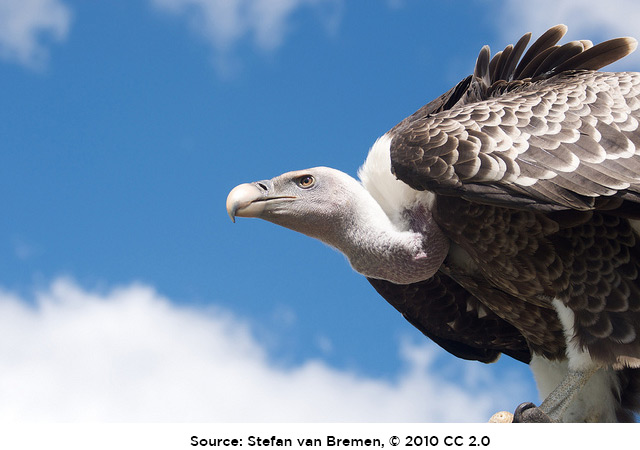By: Karen Gutzman, Impact and Evaluation Librarian
 The mere presence of predatory journals preying on unsuspecting authors and not following best practices in scholarly publishing is enough to make any author cautious. In response, there are several resources to help authors separate legitimate journals from their predatory counterparts. Often these resources ask a series of questions about the journal to uncover any red flags of predatory publishing practices. They urge users to determine if they’ve ever heard of the journal, look for the journal to be indexed in established databases, search for the journal or publisher’s membership in a recognized trade association, and find important journal-level metrics such as the impact factor.
The mere presence of predatory journals preying on unsuspecting authors and not following best practices in scholarly publishing is enough to make any author cautious. In response, there are several resources to help authors separate legitimate journals from their predatory counterparts. Often these resources ask a series of questions about the journal to uncover any red flags of predatory publishing practices. They urge users to determine if they’ve ever heard of the journal, look for the journal to be indexed in established databases, search for the journal or publisher’s membership in a recognized trade association, and find important journal-level metrics such as the impact factor.
While this advice is incredibly helpful, it can unintentionally disadvantage new, legitimate journals. In order to understand why this is, it’s important to recognize the timeframe needed for a new journal to be indexed in established databases, to accumulate journal-level metrics or gain membership in a trade association.
Inclusion in the exclusive MEDLINE Journal list, which makes up the backbone of PubMed, is controlled by the Literature Selection Technical Review Committee (LSTRC) which sets forth stringent criteria for review. LSTRC requires new journals to demonstrate quality in content, editorial work, and production. In addition, online journals need to be accessible for at least 12 months, and have published at least 40 articles before a MEDLINE application can be submitted.
New journals applying for inclusion in PubMed Central, the full text partner to PubMed, undergo review by the Operations Division of the National Library of Medicine. This review generally requires new journals to have a two-year history of quality publications including at least 25 articles before an application can be submitted.
Elsevier’s Scopus and Clarivate Analytics’ Web of Science also have review processes for accepting new journals in their databases. Most important, new journals need to be indexed by these databases to receive legitimate journal-level metrics such as the Impact Factor and CiteScore. Web of Science requires new journals to submit three consecutive current issues. They review over 3,500 journal applications each year, accepting only 10% of those submitted.
Trade associations such as the Committee on Publication Ethics (COPE) or the Association of American Publishers (AAP) have rigorous membership application processes and usually require that new journals or publishers have been publishing for at least a year before they can apply to become members.
These processes aren’t quick or easy, but new journals should take these steps seriously. Getting indexed in one or more of the literature databases means increasing the visibility and dissemination of their publications. Gaining membership in a trade association means increasing confidence in the quality of their content.
If you’re interested in publishing in a newly established journal, there are still plenty of options for a conscientious review. Think. Check. Submit. suggests answering the following questions:
- Is the publisher name, telephone, email, and mailing address clearly displayed on the journal website?
- Is the journal clear about the type of peer review it uses?
- Is it clear which types of fees are charged and what those fees are for?
- Do you recognize the editorial board, and do the members mention their work on the board on personal websites or online profile systems (such as VIVO, LinkedIn)?
- If the publisher has been in operation for more than a year, do they have membership in a recognized industry initiative such as COPE, AAP, or other trade association, or are they listed in the Directory of Open Access Journals?
For more information on this topic, read the World Association of Medical Editor’s recent post on “Identifying Predatory or Pseudo-journals.” And if you need more assistance, contact the Metrics and Impact Core at Galter Library to learn more about the metrics available for evaluating the quality of journals.
Credits
Image taken by Stefan van Bremen and used under Creative Commons license 2.0.
Updated: September 25, 2023